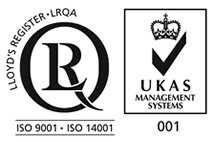
Main Products
Copyright 1998-2025 Firmetal Group All Rights Reserved. | Sitemap
Niobium-titanium alloy usually refers to a solid solution alloy formed by niobium and titanium in a certain proportion (the most common being Nb-47wt.%Ti). It is not a high-temperature superconductor but a low-temperature superconductor. Although its critical temperature is not high, it has become the most widely used and commercially successful superconducting material at present due to its excellent mechanical and superconducting properties.
Outstanding superconducting performance: Critical temperature (Tc) : approximately 9.6K (minus 263.5 degrees Celsius). This requires a liquid helium (4.2K) environment to function. The upper critical field (Hc2) : It can reach approximately 15 Tesla (T) at 4.2K and is a key indicator for maintaining a superconducting state under strong magnetic fields. Magnetic resonance imaging (MRI) : This is the largest and most well-known application of niobium-titanium alloys. The core component of the MRI scanner in the hospital - the main magnet - is mostly wound with niobium-titanium superconducting wire, which can generate a stable magnetic field ranging from 1.5T to 3.0T or even higher.
Niobium-titanium superconducting wire is not pure alloy wire but a precise composite material. Assembly and extrusion: Insert multiple niobium-titanium alloy rods into oxygen-free copper tubes to assemble a large "composite billet". Then, at high temperatures, extrusion is carried out to closely bond copper and niobium-titanium, significantly reducing the diameter. Final heat treatment: Through a series of precisely controlled heat treatments (aging treatment), the pinning center (such as the α-Ti phase) is introduced, thereby greatly enhancing its critical current density under the magnetic field.